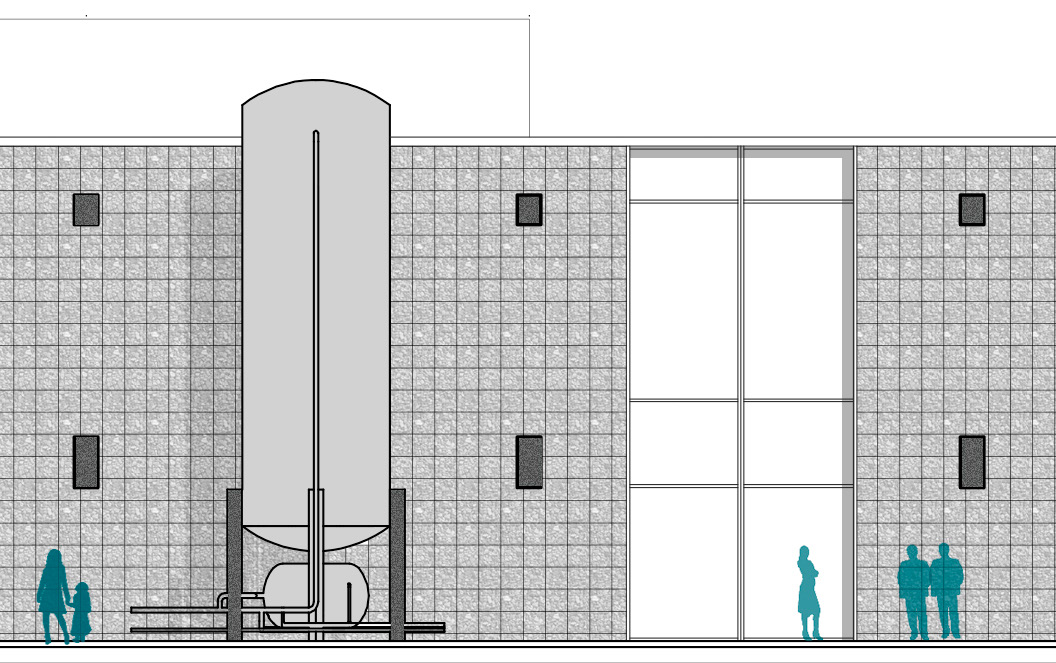Linking the building and the context – socially and conceptually
Climate adaptation requires a new attitude to materials, innovation in ecological and environmental engineering. Architects must research building materials and design the process of construction as much as its architectural outcome.
The earth is a closed system and our stay here is only temporary. That’s why we need to behave responsibly and consciously deal with everything that makes our stay possible on this planet. However, we have created a system that focuses on continuous, exponential growth, which means that products have to be produced in a more and more increasing amount. That is why many people already argue to organize our economy in a fundamentally different way: where it is no longer about ‘take, make and waste’ but about a circular economy where we re-use products and where waste becomes a ‘new’ raw material.
Within this context the pre-industrialized concept of a master-builder might just come back: a professional who goes back to the essence and creatively reuses material in smart spatial solutions. It reflects the idea of an integral approach to architecture, embedded in local context, local materials and local craftsmanship.
Circular economy is necessary and promising. Due to the energy, materials and climate transition, our environmental lawswill soon become stricter. Long transport chains will push up the price of products.
Residuals and waste will need to become the resources for tomorrow’s economy. This offers opportunities for shorter and closed production chains. These circular chains are most promising in places where many people live: in and around the city.
(*1) From A Good City Has Industry booklet for the exposition in Bozar in the winter of 2017
Read the full presentation here.

